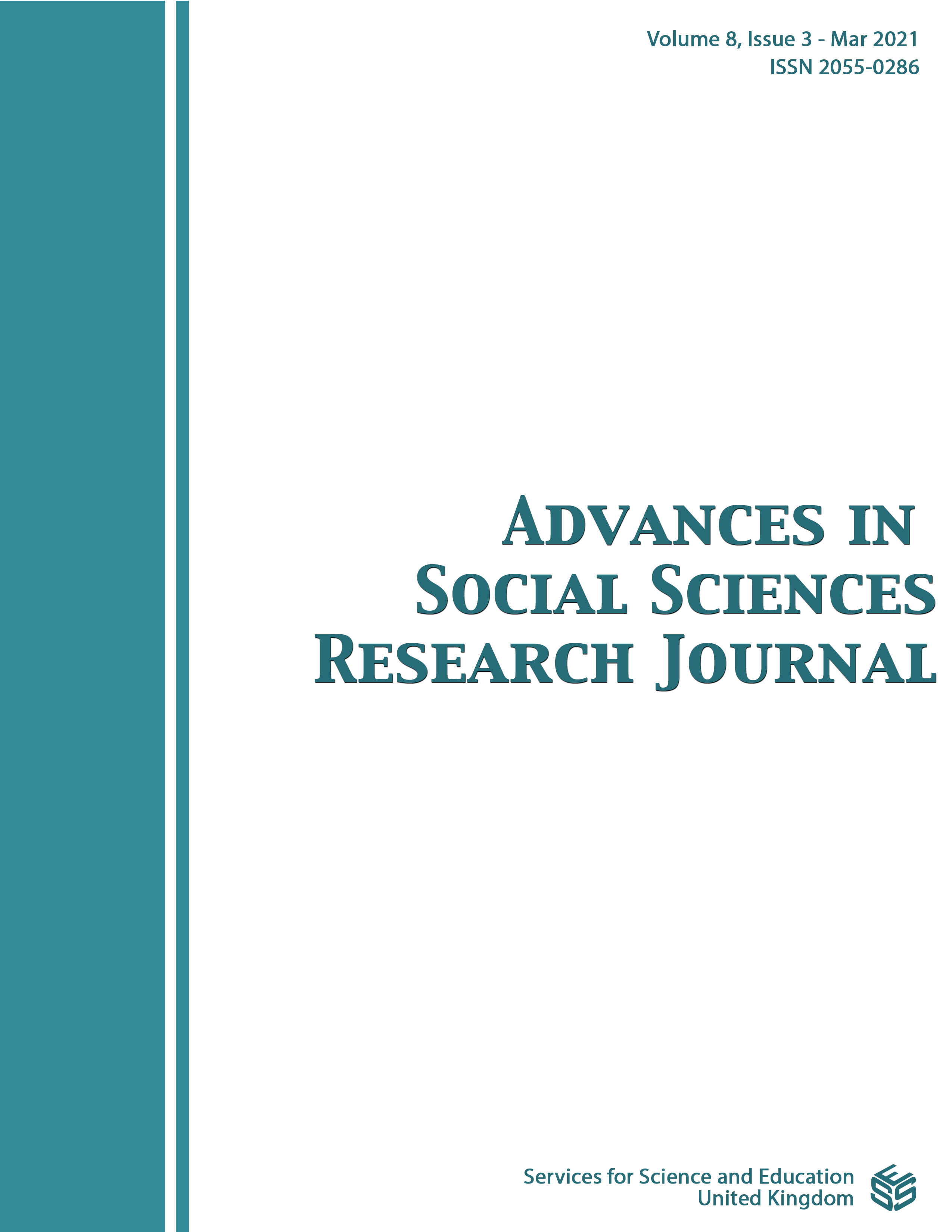POLICY IMPLEMENTATION OF A HEALTHY INDONESIA PROGRAM WITH A FAMILY APPROACH IN BANDUNG DISTRICT
DOI:
https://doi.org/10.14738/assrj.84.9828Keywords:
Policy Implementation; Healthy Indonesia Program; Family Approach; Bandung districtAbstract
The purpose of this study was to determine the implementation of the Healthy Indonesia Program with a Family Approach which is indispensable as a determinant of the success of the Bandung Regency Government's performance in the health sector. The Healthy Indonesia Program with a Family Approach is a priority program of the Ministry of Health which is implemented by the Center for Community Health. The implementation of the Healthy Indonesia Program with a Family Approach in Bandung Regency was only carried out in 2017 with program socialization activities at the Health Office and Community Health Center levels.
The research method used is descriptive qualitative with the approach of Donald van Meter and Carl van Horn's policy implementation model. The findings from the implementation of the Healthy Indonesia Program with a Family Approach in Bandung Regency have been implemented but have not yet reached the target of total coverage. The Bandung Regency Healthy Family Index is included in the unhealthy assessment (<0.8). So that the success of implementation will be achieved when making improvements from deficiencies, both in terms of standards and policy targets or policy measures and objectives, resources, characteristics of the implementing organization, attitudes of the implementers, communication between organizations and implementing activities, and the social, economic and political environment. Suggestions from this study are to improve the empowerment of family roles and community potential with training methods for community cadres, continue the enumerator recruitment program to assist with home visits and data collection and data input, advocate for budget allocations sourced from regional revenue and expenditure budgets.
References
[2] D. Ferdiansyah, “Metode Pendekatan Keluarga, Terobosan Baru dalam Pembangunan Kesehatan di Indonesia,” Farmasetika.com (Online), 2016, doi: 10.24198/farmasetika.v1i4.10368.
[3] S. Shivalli, J. P. Majra, K. M. Akshaya, and G. J. Qadiri, “Family Centered Approach in Primary Health Care: Experience from an Urban Area of Mangalore, India,” Sci. World J., 2015, doi: 10.1155/2015/419192.
[4] R. Rocha and R. R. Soares, “Evaluating the impact of community-based health interventions: Evidence from Brazil’s Family Health Program,” Health Economics. 2010, doi: 10.1002/hec.1607.
[5] E. Roeslie and A. Bachtiar, “Analysis of Preparation for Implementation of Health Indonesia Program with Family Approach (Indicator 8: Mental Health) in Depok City 2018,” Indones. J. Heal. Policy, 2018.
[6] M. G. K. Agni, “Kesiapan Daerah Istimewa Yogyakarta Dalam Penerapan Program Indonesia Sehat Dengan Pendekatan Keluarga,” J. Formil, 2018.
[7] A. Fauzan, I. Chotimah, and R. Hidana, “Implementasi Program Indonesia Sehat Dengan Pendekatan Keluarga (PIS-PK) Di Puskesmas Mulyaharja Kota Bogor Tahun 2018,” Promotor, 2019, doi: 10.32832/pro.v2i3.1934.
[8] E. Rusdianah and R. Widiarini, “Evaluation Of The Healthy Indonesia Program With The Family Approach (PIS-PK): A Case Study At Primary Health Service,” J. Kebijak. Kesehat. Indones., 2019.
[9] D. L. Daulay, I. Efendi, and Nuraini, “Evaluasi Pelaksanaan Program Indonesia Sehat Dengan Pendekatan Keluarga Sehat (Pis-Pk) Di Puskesmas Bestari Kota Medan,” J. Online Keperawatan Indones., 2019.
[10] A. Cahya Asri and I. Budiono, “Pelaksanaan Program Indonesia Sehat dengan Pendekatan Keluarga di Puskesmas,” Higeia J. Public Heal. Res. Dev., 2019.
[11] J. Newman, M. Barnes, H. Sullivan, and A. Knops, “Public participation and collaborative governance,” J. Soc. Policy, 2004, doi: 10.1017/S0047279403007499.
[12] M. Francesch‐Huidobro, “Collaborative Governance in the USA and Korea.,” Public Adm. Dev., 2013.
[13] A. W. Solichin, Analisis Kebijakan Dari Formulasi ke Penyusunan Model-Model Implementasi Kebijakan Publik. 2017.
[14] L. A. Pal, “Case study method and policy analysis,” in Thinking Like a Policy Analyst: Policy Analysis as a Clinical Profession, 2005.
[15] G. B. Doern and L. A. Pal, “Public Policy Analysis: An Introduction,” Can. Public Policy / Anal. Polit., 1988, doi: 10.2307/3550585.
[16] R. Nugroho, Public Policy: Dinamika Kebijakan, Analisis Kebijakan, dan Manajemen Politik Kebijakan Publik. 2017.
[17] G. C. Edward III, “Public Policy Implementing,” Literary and Linguistic Computing. 1984.
[18] D. S. Van Meter and C. E. Van Horn, “The Policy Implementation Process: A Conceptual Framework,” Adm. Soc., 1975, doi: 10.1177/009539977500600404.
[19] Ismail Nawawi, Public Policy: Analisis. Strategi Advokasi Teori Dan Praktik. 2009.
[20] M. Sumarto, “Welfare Regime Change in Developing Countries: Evidence from Indonesia,” Soc. Policy Adm., 2017, doi: 10.1111/spol.12340.
[21] Sugiyono, Metode Penelitian dan Pengembangan (Research and Development/R&D). 2016.
[22] J. Creswell, “Qualitative, quantitative, and mixed methods approaches,” in Research design, 2013.
[23] J. Hartley, E. Sørensen, and J. Torfing, “Collaborative Innovation: A Viable Alternative to Market Competition,” Public Adm. Rev., 2013, doi: 10.1111/puar.12136.
[24] V. Ostrom and E. Ostrom, “Public goods and public choices,” in Alternatives for Delivering Public Services: Toward Improved Performance, 2019.
[25] K. Emerson, T. Nabatchi, and S. Balogh, “An integrative framework for collaborative governance,” J. Public Adm. Res. Theory, 2012, doi: 10.1093/jopart/mur011.
[26] D. M. G. McGuire and K. H. Hutchings, “Portrait of a transformational leader: The legacy of Dr Martin Luther King Jr,” Leadersh. Organ. Dev. J., 2007, doi: 10.1108/01437730710726840.
[27] J. E. Innes and D. E. Booher, “Reframing public participation: Strategies for the 21st century,” Planning Theory and Practice. 2004, doi: 10.1080/1464935042000293170.
[28] S. Vangen and C. Huxham, “The tangled web: Unraveling the principle of common goals in collaborations,” J. Public Adm. Res. Theory, 2012, doi: 10.1093/jopart/mur065.
[29] C. Huxham, “Theorizing collaboration practice,” Public Manag. Rev., 2003, doi: 10.1080/1471903032000146964.
[30] D. Mariana, “Otonomi Daerah dan Inovasi Kebijakan,” Governance, 2013.
Downloads
Published
How to Cite
Issue
Section
License
Authors wishing to include figures, tables, or text passages that have already been published elsewhere are required to obtain permission from the copyright owner(s) for both the print and online format and to include evidence that such permission has been granted when submitting their papers. Any material received without such evidence will be assumed to originate from the authors.






